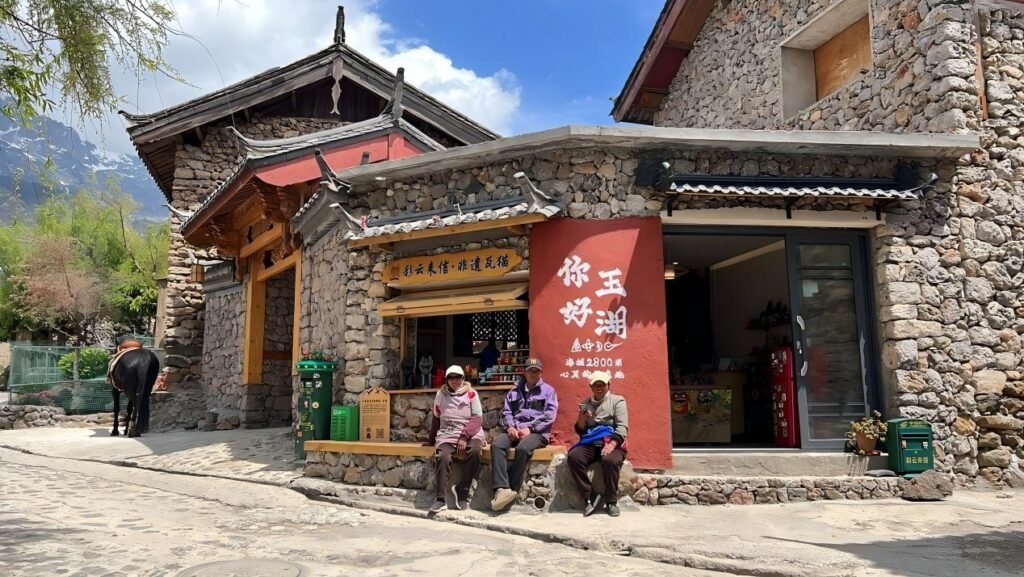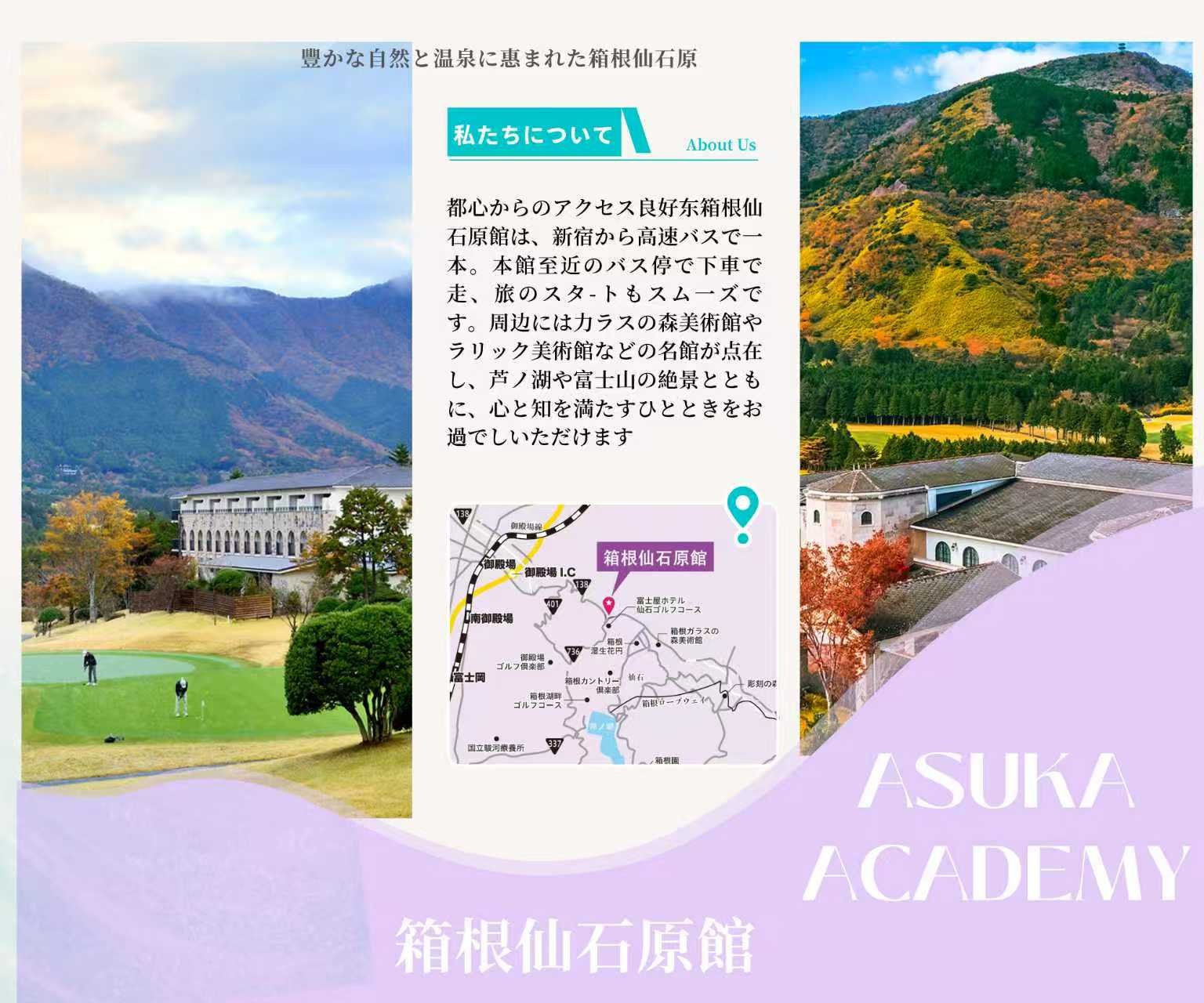Lijiang has long been a dream destination for many travelers. “Coming to Lijiang” symbolizes not just a journey, but an entire lifestyle. During the special Lijiang session of the “A Life Called Yunnan: Living in Yunnan” press conference series, Li Gang, Deputy Secretary of the CPC Lijiang Municipal Committee and Mayor of Lijiang, introduced how “Unforgettable Lijiang” has become a renowned brand, marking Lijiang’s transition from traditional tourism to living tourism. Today, Lijiang invites the world: “You must live once—for life, come to Lijiang!” Walk along stone-paved roads through the 800-year-old Old Town, ride sightseeing trains to a romantic rendezvous at Jade Dragon Snow Mountain, and uncover the mystery of Mosuo matriarchal culture at Lugu Lake.

Seven Major Living Tourism Sectors in Lijiang
Located at the intersection of Yunnan, Sichuan, and Tibet, Lijiang covers 20,600 square kilometers, governing five counties/districts with a permanent population of 1.25 million. Historically a key stop on the Southern Silk Road and the Tea-Horse Road, Lijiang boasts a unique location, rich culture, diverse resources, beautiful scenery, and an open spirit. It is the only city in China with three UNESCO World Heritage designations: cultural, natural, and memory.
In recent years, Lijiang has deepened local cultural roots, enhanced infrastructure, and improved the living environment for travelers, enabling people worldwide to experience living tourism. Its seven sectors include rural living, urban living, resort living, retirement living, medical and wellness living, artistic living, and sports living. Target groups are mainly migratory retirees and young-to-middle-aged “slow-life seekers” ranging from the post-2000s to the post-1950s, with an average stay of 15–30 days.
In 2024, Lijiang received 80.6433 million visitors (up 18.45% year-on-year), with total tourism revenue reaching 138.223 billion yuan (up 6.41%). In Q1 2025, Lijiang received 20.0764 million visitors, with a 1.83% increase in tourism revenue. Living tourists in 2024 reached 145,000, with a total expenditure of about 75 million yuan.

Ideal for Living, Traveling, and Working
Lijiang is not only livable and travel-friendly, but also a great place to work. In recent years, its cultural tourism, specialty agriculture, green industries, and biomedicine sectors have flourished, attracting new residents. The 2024 “Three-Year Action Plan for Promoting Living in Lijiang” aims to establish 150 rural living villages by 2027.
Cultural immersion is key in Lijiang’s living tourism: visitors can participate in folk festivals like Sanduo Festival and Torch Festival, and engage in intangible heritage activities such as noodle making, Dongba papermaking, and embroidery in places like Hongguang Village’s “Meow’s Duck Pear” lodge.
Art communities in music, painting, and photography have emerged around hubs like Snow Mountain Art Village and Red Valley Art District, while high-end resorts like the Mediterranean International Resort and Mosuo Town at Lugu Lake cater to affluent travelers seeking leisure.
Lijiang continues to improve rural living infrastructure: roads, entertainment, waste management, delivery services, and food delivery platforms are widely available, ensuring a comfortable and modern lifestyle.
Mayor Li Gang concluded, “Living tourism in Lijiang is not just a new tourism form—it is an invitation to a lifestyle. We warmly welcome friends from around the world to find a home for their hearts here, and experience the beauty of slowing down, settling in, and staying.”




